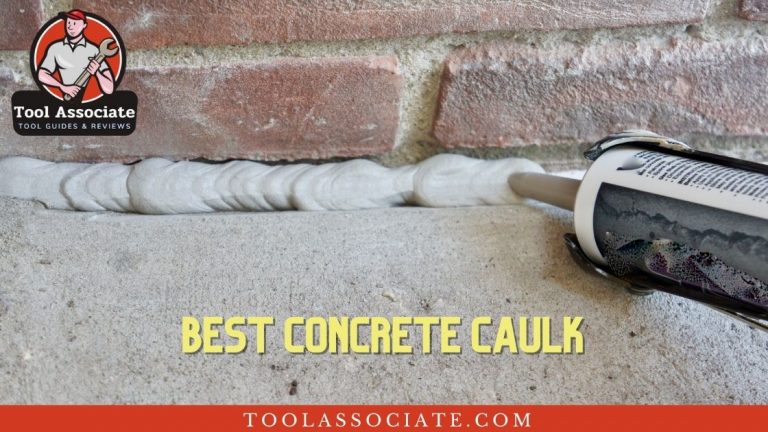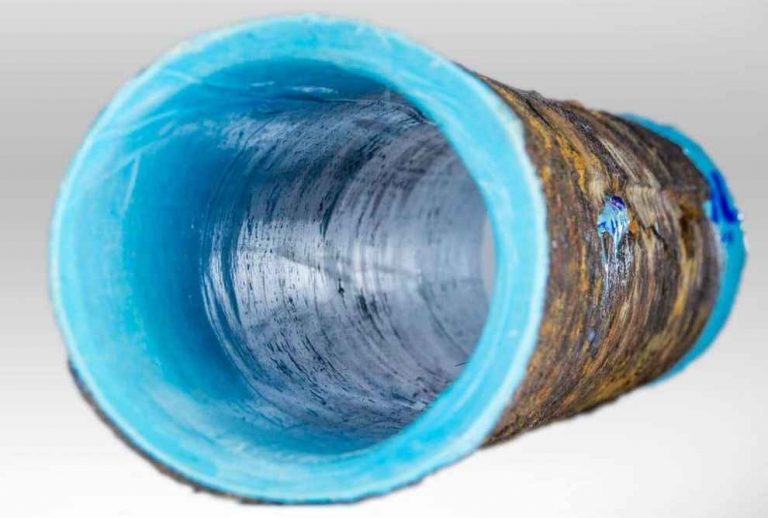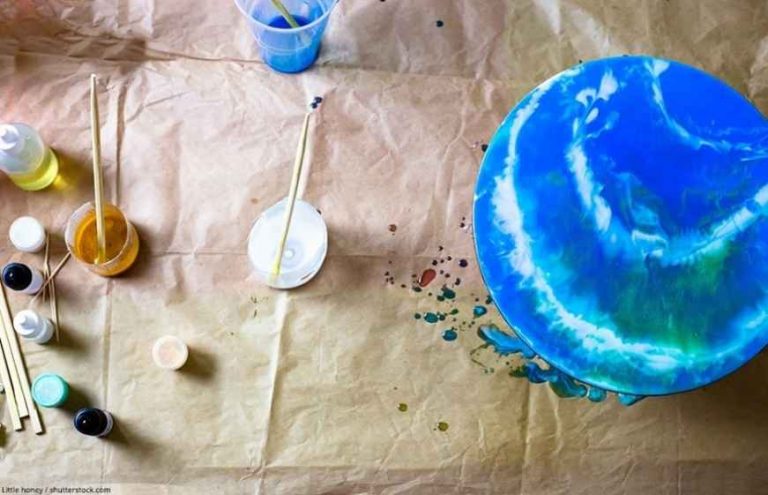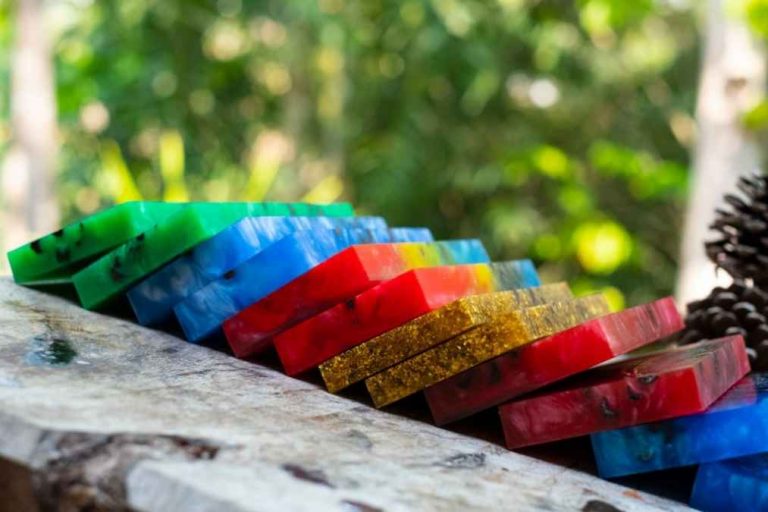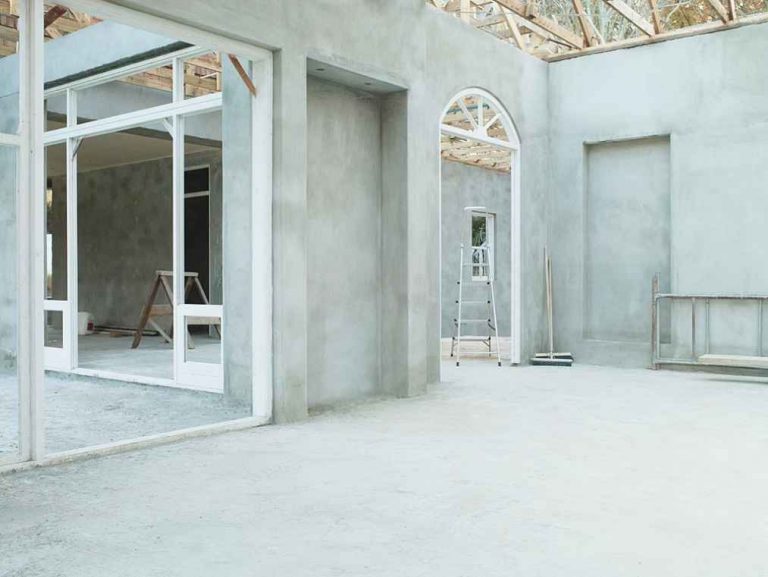Previously, we’ve informed you that colorful resins can be achieved with acrylic colors easily. However, you’ll need to seal the paint after you’re done with the painting. So, epoxy primers are a great way to seal off the painting.
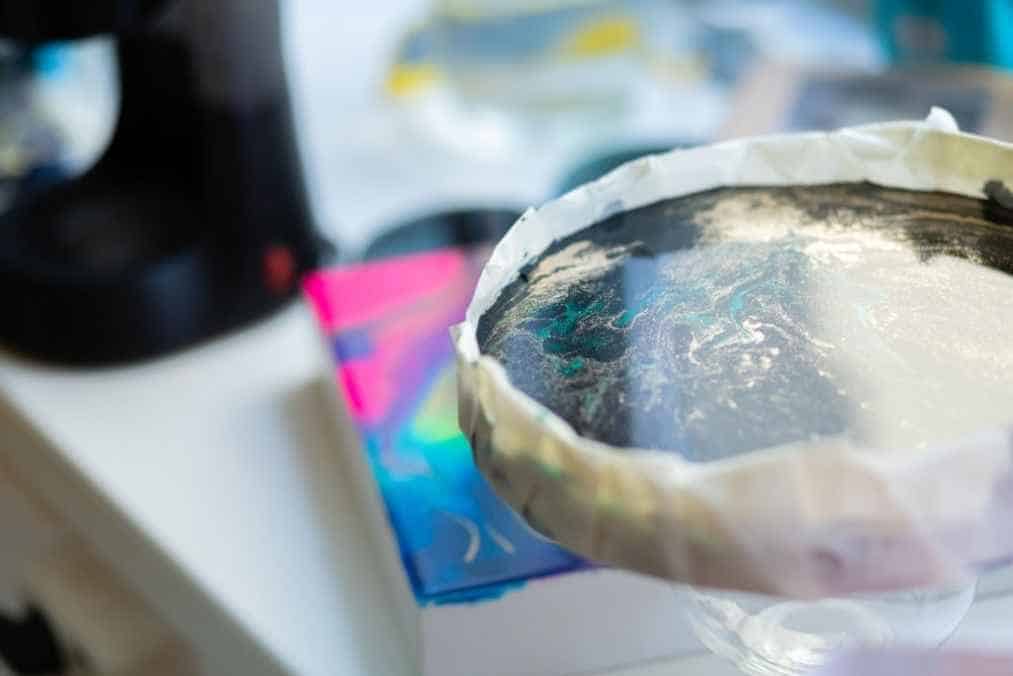
Why Do Painters Use Epoxy Primers?
Painters use epoxy primers for mainly sealing the paint on the surface. So, let’s take a look at the other reasons-
It Can Be Mixed With Different Materials:
Epoxy Primers have strong adhesion in them. This adhesion makes them seal off any surfaces easily. Other than that, the chemical resistance in humid environments also allows the primers to seal off the surfaces.
Again, the primers have a good mechanical ability. So, in the end, these epoxy primers can be used on different materials and it can also seal them off easily.
Seals Up Surfaces:
Yes, you might know that epoxy primers do a great job at sealing up the surfaces effectively. Here, the primers prevent any type of corrosion or moisture once it seals up the surface.
Moreover, it stops oxygen from entering into the pores. As a result, it prevents any type of corrosion or rust on the surface. Lastly, when it’ll cure, it’ll be non-porous and it won’t soak up any moisture.
Prevents Corrosion and Rust:
The best epoxy primers do a great job of protecting the materials from corrosion and rust. In fact, when compared to other primers, the epoxies do a better job.
By sealing off the pores and not letting oxygen enter inside, the primers prevent rust. Similarly, by not soaking up any moisture, the primers stop any type of corrosion.
Tips On How Painters Use Primers
If you use primers, your materials will last for long. At times, corrosion and rust damage the materials. But if you use primers, you’ll get rid of the situation easily. So, let’s take a look at some tips that you can use-
- Firstly, you’ll need to consider the curing time of using an epoxy primer. Here, the primers need a bit of time to cure. So, be prepared to leave the surface with primers for 3-5 days.
- After you feel like the drying process has ended, you can touch the surface. If you still feel it hasn’t dried enough, leave it for some time to cure again.
- You can use some heaters or other tools to cure the primed surface.
- The materials that’ll be mixed with the primers need to be selected beforehand. Choose products that don’t take much time to prepare.

